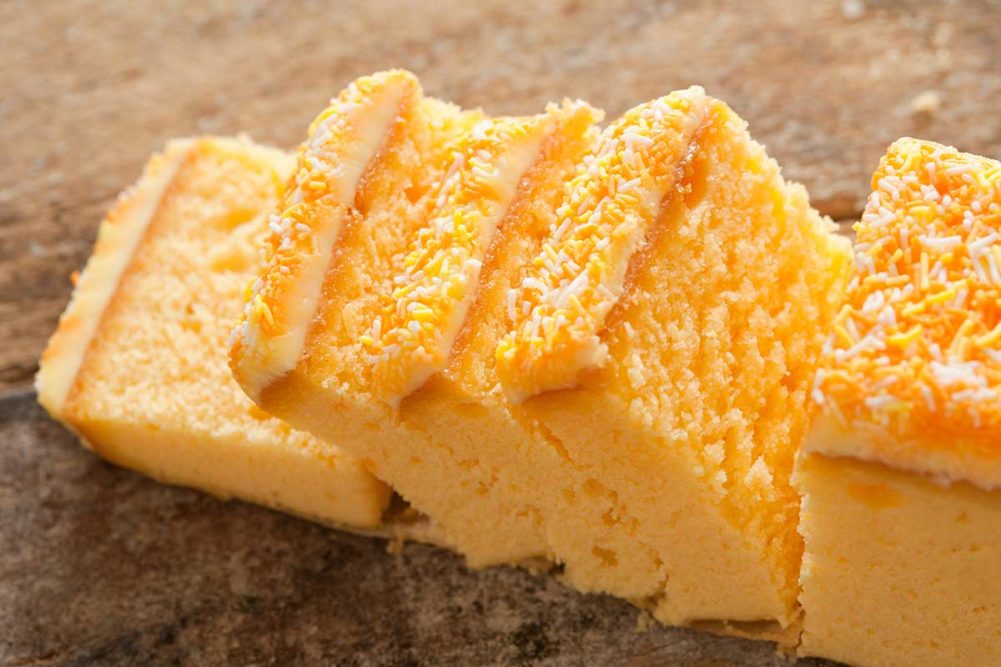When enjoying a fluffy cake, indulgent cookie or crispy cracker, consumers can thank chemical leavening for providing the rise, flavor, texture and more to these products.
Chemical leavening is the result of combining a base and acid that react during mixing or baking to produce carbon dioxide.
“The gas becomes trapped within the batter or dough, causing bubbles to form and expand,” explained Joan Randall, associate scientist, Kemin Food Technologies. “This reaction not only makes the product rise, but also contributes to volume and desired crumb color and texture in the finished baked good.”
Bases include sodium bicarbonate, commonly known as baking soda, and potassium bicarbonate, which are combined with leavening acids such as phosphates. The rate of reaction between base and acid, as well as when the reaction begins in the baking process, is critical to ensuring desired product characteristics.
Many bakers rely on traditional baking powder, which includes both the base and acid, as their leavening solution. These leaveners also typically include a diluent like corn starch, which acts as a buffer and prevents the base and acid from reacting during storage. Baking powders are either single- or double-acting.
“Single-acting baking powder reacts immediately upon contact with liquids, while double-acting baking powder reacts twice, once upon contact with liquid and again when heated in the oven,” said Songwei Wu, staff scientist, food and beverage, Innophos.
The acting time of leavening agents also differs.
“Single-acting baking powders can be either fast-acting or slow-acting,” explained Mary Thomas, R&D senior manager, Lesaffre. “Double-acting baking powder contains a faster acting acid for gas release on the bench and a slower acting acid for release during the bake.”
Chemical leaveners are critical to many baked foods, but their impact on these products can vary greatly based on the type of system chosen. Every baked good poses unique leavening needs and opportunities for error that must be accounted for.
This article is an excerpt from the May 2023 issue of Baking & Snack. To read the entire feature on Chemical Leavening, click here.




